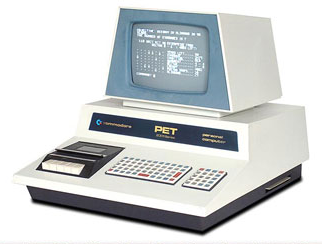Don Tuite writes the article “Farewell, CRTs…” in electronic design about the disappearance of CRTs. Apparently the last major market for new CRTs is for televisions in India and soon that too will be displaced by the LCD/LED flatpanel screen. Among vintage computer collectors there is already some nostalgia for CRT monitors instead of LCD monitors. Personally I think LCD monitors have gotten good enough in terms of contrast, response time and other characteristics that I don’t mind then anymore. I have some large 19" and 21" SGI monitors in my collection and I know they are becoming scarce. They’re big, heavy, difficult to ship, and only weird vintage computer collectors are interested in them. In most localities you have to pay to have the CRTs recycled.
Some video game dudes have rigged up a car driving video game with a twist. Instead of driving a virtual car down a virtual track, you drive a model car from the perspective of the driving seat down a physical track constructed out of cardboard. Check out their video mashup.
Meanwhile, I finally got around to taking some pictures of the warehouse where my vintage computing collection is stored. Things are in a state of disarray right now because I am organizing my friend’s arcade game collection and things are temporarily stored in my area to make space. However, you can get an eyefull of my “wall of sgi” machines as well as a glimpse into the large serial terminal collection I’ve amassed.







 The
The  Jack Rubin announces Vintage Computer Festival Midwest 5.0:
Jack Rubin announces Vintage Computer Festival Midwest 5.0: